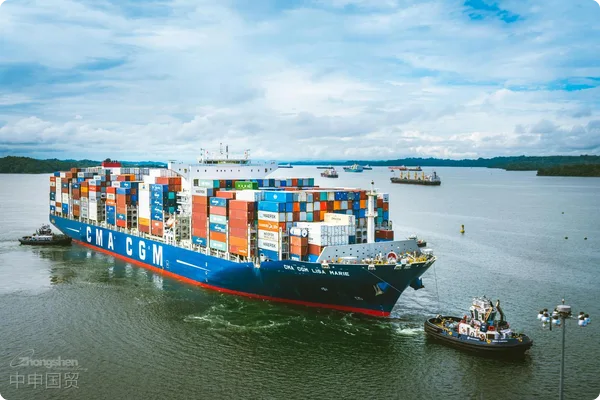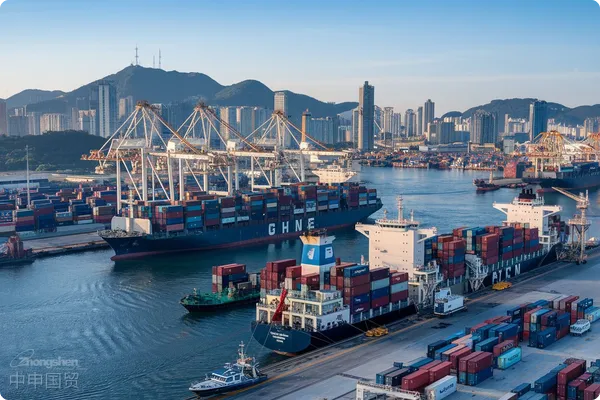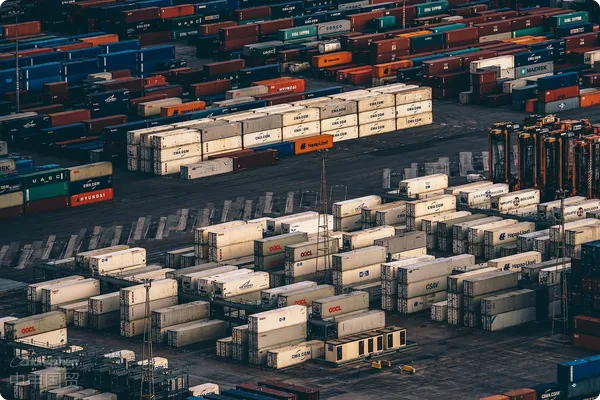- Shanghai Zhongshen International Trade Co., Ltd. - Two decades of trade agency expertise.
- Service Hotline: 139 1787 2118

The Canadian government recently announced stricter export controls on high-tech products and components in specific sectors. According to the announcement, the affected items include additive manufacturing equipment, key components for quantum computing, extreme ultraviolet (EUV) lithography-related parts, and high-temperature coating R&D technologies. Once the order takes effect, Canada will play a more gatekeeping role in global precision manufacturing and cutting-edge research, potentially significantly impacting supply chain layouts and international collaborations for domestic and foreign companies.
From the disclosed information in the announcement, the specific items included in the control list are primarily divided into several categories. First, several key components required for quantum computing, such as cryogenic refrigeration systems, parametric signal amplifiers, isotope-enriched silicon and germanium, as well as cryogenic wafer probe stations, have been placed under strict export controls. Against the backdrop of increasingly intense international competition in quantum technology, controlling the cross-border flow of these critical hardware components can provide Canada with stronger safeguards for its technological security and industrial interests in cutting-edge quantum fields. In recent years, cryogenic refrigeration systems and highly purified silicon and germanium materials have become increasingly valuable in superconducting qubit preparation and quantum entanglement experiments. Therefore, Canadas move is also seen as an industrial and scientific defense measure against potential strategic competitors.
The second major focus is on key components of integrated circuits, particularly equipment related to extreme ultraviolet (EUV) lithography. The announcement specifically points out that EUV masks, reticles, and pellicles, which constitute critical components in high-end chip manufacturing, will be subject to stringent restrictions. Even before this announcement, many major Western economies had already imposed varying degrees of export controls on high-end lithography machines and components to ensure that the advantages of high-tech products remain in the hands of a few countries. Now, Canada has gone further by including these key components in its control list, indicating that it is maintaining alignment with other developed countries in restricting the export of cutting-edge chip technology and equipment. For downstream enterprises, obtaining critical EUV lithography components from Canada or furthering joint ventures and collaborations may now face more rigorous licensing reviews.
The third category of items that has drawn external attention is additive manufacturing equipment. Additive manufacturing, commonly known as 3D printing, has widespread applications in industries such as aerospace,Medical Equipment, automotive components, and education and research. Its advantage lies in its ability to quickly transform digital models into physical objects, significantly reducing development costs and shortening production cycles. However, precisely because it can produce structurally complex and expensive components at relatively low costs, additive manufacturing is often viewed by some countries as having potential dual-use (civilian and military) attributes, such as rapidly printing weapon components or enhancing the supply of spare parts for certain weapon systems. Therefore, Canadas inclusion of additive manufacturing equipment in its export control list may require foreign buyers to undergo more compliance procedures and licensing reviews, steering international collaboration in additive manufacturing toward a safer and more controlled environment.
In the fields of aerospace and high-temperature protective materials, the Canadian government has also highlighted high-temperature coating development technologies, such as coatings specifically designed to protect ceramic matrix composites from corrosion and operate in environments exceeding 1,100 degrees Celsius. These technologies are critical in applications like advanced gas turbines, missile thermal protection systems, and spacecraft exteriors in extreme environments. For military defense, aerospace, and even the nuclear industry, these coating technologies hold strategic significance. By including them in export controls, Canada aims to maintain domestic technological barriers, preserve its technological leadership, and prevent potential buyers from diverting them for military purposes.
According to the announcement, the regulation will take effect 30 days after its official publication in Part II of the Canada Gazette. This means that businesses can continue their export transactions as usual within this timeframe. However, once the regulation comes into force, any overseas shipments of the listed items will require prior approval from Canadian authorities. For research institutions, commercial enterprises, and multinational teams, this implies that all export activities involving the aforementioned items and related technologies will need to undergo meticulous scrutiny of project nature, transaction partners, and end-use.
External commentary suggests that the new regulation reflects Canadas emphasis on high-tech export security and national interests, while also likely causing some disruption to international supply chains and R&D collaboration. In fields like quantum computing, advanced chip manufacturing, and additive manufacturing, cross-border cooperation is often a key driver of technological progress. A lack of international academic or industrial exchange could slow the pace of technological advancement. However, from the perspectives of national security and economic competition, the trend toward more conservative controls on dual-use cutting-edge technologies and equipment has become a global norm in recent years. Such measures are not unique to Canada but are increasingly being adopted by multiple Western countries.
Analysts point out that in the face of increasingly stringent export controls and intellectual property protection regimes in Canada and other developed countries, some technology and manufacturing firms may reassess their global strategies. For instance, they might reconsider localization in R&D, manufacturing, and supply chain management to mitigate cross-border compliance risks and ensure smoother commercialization of technologies and products. However, if this trend toward regionalization or nearshoring intensifies, the depth and breadth of global technological collaboration may struggle to maintain previous levels. Companies reliant on imports or overseas R&D partnerships will need to quickly adapt to new declaration processes and licensing requirements to build more robust compliance systems.
Currently, the Canadian government has yet to clarify all specific control details and exemption clauses. Businesses are expected to engage in more communication and confirmation with government departments before processing export procedures to avoid legal risks arising from information asymmetry or oversight of restrictions. If uncertainties persist during the regulations implementation, industry players may call for more detailed annotations and guidance to ensure lawful and orderly cross-border operations.
Related Recommendations
? 2025. All Rights Reserved. Shanghai ICP No. 2023007705-2  PSB Record: Shanghai No.31011502009912
PSB Record: Shanghai No.31011502009912










